Introduction
How To Clip Guinea Pig Nails: Guinea pigs are adorable and gentle pets that bring joy and companionship to countless households around the world. These small, furry creatures are known for their charming personalities and unique vocalizations. However, like all pets, guinea pigs require regular care to ensure their health and well-being. One essential aspect of guinea pig care is maintaining their nails. Clipping guinea pigs fruits nails may seem like a daunting task for many pet owners, especially those new to caring for these delightful rodents. However, it is a necessary task to prevent overgrowth, which can lead to various health problems. Overgrown nails can cause discomfort for guinea pigs and even result in injury, as they can become tangled in bedding or objects within their enclosure.
Therefore, learning how to safely and effectively clip your guinea pig’s nails is crucial to keeping them happy and healthy. It walks you through the step-by-step process of clipping guinea pig nails, you with the and confidence needed to perform this task comfortably. We’ll discuss the tools you’ll need, the proper techniques to ensure a safe and stress-free experience for your furry friend, and tips to keep in mind. Clipping guinea pig nails is not just about grooming; it’s a fundamental part of responsible pet ownership.
Neglecting nail maintenance can lead to serious consequences, including painful injuries for your guinea pig. Therefore, mastering this skill is an essential part of providing the best care for your beloved pet. By having all the information you need to approach nail clipping with confidence and care. Your guinea pig will thank you for it with happy, healthy feet, and you’ll enjoy the peace of mind that comes with knowing you’re providing the best care possible for your furry companion. So, let’s embark on this nail-clipping journey together and ensure the well-being of your beloved guinea pig!
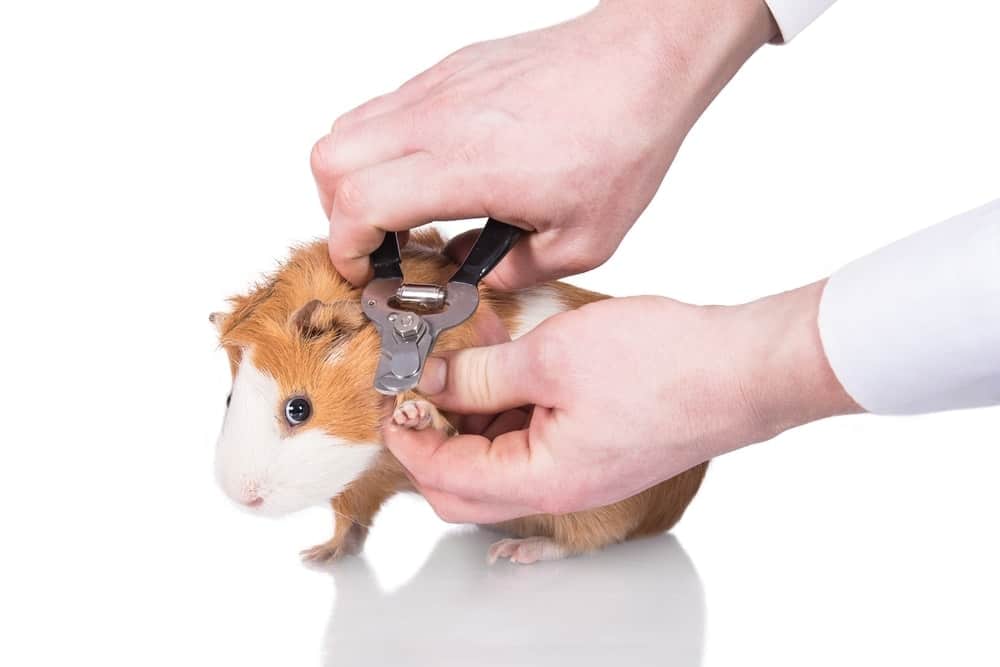
What’s the easiest way to cut a guinea pig’s nails?
Animal clippers are guillotine-style, ensuring that the nail won’t be squeezed. Also, they open more widely than human clippers, which makes the nails easier to trim. You can find this type of clipper at your local pet store. You can try both types of clippers to see what your guinea pig is most comfortable with.
Before you begin, gather all the necessary supplies. You’ll need guinea pig nail clippers (small, scissor-like clippers specifically designed for small animals), a towel or soft blanket to secure your guinea pig, styptic powder (in case of bleeding), and some treats for positive reinforcement. Find a quiet, well-lit space where you can work without distractions. Make sure the room is warm, as guinea pigs are sensitive to cold temperatures.
Gently wrap your guinea pig in a towel or blanket, leaving their head and one paw exposed. This swaddling technique helps keep them calm and still during the process. Ensure they are comfortable and can breathe easily. Before you start clipping, take a good look at your guinea pig’s nails. Identify the quick, which is the pinkish area inside the nail. You want to avoid cutting into the quick, as it contains blood vessels and can cause bleeding and pain.
Using the guinea pig nail clippers, trim a small portion of the nail, keeping a safe distance from the quick. It’s better to trim too little than too much at once, as guinea pig nails can be quite delicate. If you’re unsure, it’s perfectly fine to trim a little at a time until you get a feel for the right length. After each successful trim, reward your guinea pig with a treat and gentle praise. This positive reinforcement will help them associate nail clipping with a positive experience.
Can I use human nail clippers on my guinea pig?
Generally, both options work okay, but guinea pig nail clippers make it so much easier for you and your floof. Human nail clippers don’t open as wide as the pet ones, so it can be difficult to fit guinea pig nails in it.
Guinea pig nails are quite small and delicate, and they require a level of precision that is challenging to achieve with human nail clippers. Guinea pig nail clippers are designed to be smaller and more precise, making it easier to trim the nails without causing injury or discomfort to your pet. Guinea pig nail clippers often come with safety features like a guard or a notch that helps prevent over-cutting and accidentally cutting into the quick. Human nail clippers lack these features, increasing the risk of injuring your guinea pig during nail trimming.
Guinea pig nail clippers are designed with the comfort of your pet in mind. They make the process smoother and less stressful for your guinea pig, which is crucial for their well-being. Human nail clippers may cause more anxiety for your pet due to their larger size and unfamiliar design. Specialized guinea pig nail clippers are quieter than human nail clippers, which can be quite loud.
The quieter tools can help reduce your guinea pig’s stress during the nail trimming process, making it a more pleasant experience for both of you. Human nail clippers can easily crush or splinter the guinea pig’s delicate nails, leading to pain, injury, or bleeding. Guinea pig nail clippers are designed to make clean, precise cuts, minimizing the risk of accidents.
How far down can you cut guinea pig nails?
Make your cut in front of the quick, towards the end of the nail. If you cut too close to the quick it may still be painful for your guinea pig. If your guinea pig has dark-colored nails, you can sometimes guess where it’s safe to cut based on the shape of the nail, although this takes practice.
Before you start cutting, take a close look at your guinea pig’s nails. The quick can be seen as a pinkish area inside the nail. You’ll want to trim the nail so it’s about 2-3 millimeters away from the quick. Use guinea pig nail clippers, which are designed for small animal nail care. Trim a small portion of the nail at a time. Begin by cutting a tiny bit off the tip, then check the cut surface.
If you see a solid, whitish core with a pinkish center (the quick), you’ve trimmed enough. If not, you can continue trimming slowly until you reach the desired length. Ensure you have good lighting so you can clearly see the quick and avoid cutting too close to it. Take your time while trimming. It’s better to make multiple small cuts than one large one. Guinea pig nails are delicate, and you don’t want to risk cutting too close to the quick.
In case you accidentally cut into the quick and your guinea pig’s nail starts bleeding, have styptic powder on hand. Apply a small amount to the affected nail to stop the bleeding. If the bleeding persists or you’re unsure, consult your veterinarian. Reward your guinea pig with treats and gentle praise after each successful nail trim to create a positive association with the process.
Why is my guinea pig vibrating?
Guinea pigs vibrate as a form of communication to show both positive and negative emotions. Your guinea pig could feel uneasy or annoyed, or their environment may be too cold. Male guinea pigs also vibrate to attract females.
Cold or Chilled: Guinea pigs are sensitive to temperature changes, especially cold environments. If your guinea pig is feeling cold or exposed to drafts, it may shiver or vibrate as a way to generate heat and maintain body warmth. Ensure your pet’s cage is in a warm, draft-free area and extra bedding or a cozy shelter during colder seasons.
Stress or Fear: Guinea pigs can become stressed or frightened, and this emotional response can manifest as trembling or vibrating. Loud noises, sudden movements, unfamiliar surroundings, or the presence of predators (real or perceived) can trigger stress in guinea pigs. Creating a calm and secure environment for your pet is essential to minimize stress-related behaviors.
Illness or Pain: Vibrating could be a sign that your guinea pig is unwell or experiencing discomfort or pain. Guinea pigs are masters at hiding illnesses, so any unusual behavior should be taken seriously. If you notice consistent shaking or vibrating, consult a veterinarian to rule out underlying health issues.
Territorial Behavior: Guinea pigs can be territorial animals, and if you have multiple guinea pigs in the same cage, they might exhibit vibrating as part of their social interactions. This behavior can be a display of dominance or submission and usually resolves itself without intervention.
Can guinea pigs eat apples?
Apples are good for guinea pigs. Apples are high in vitamin C, a critical vitamin for guinea pigs. Veterinarians recommend removing apple seeds prior to feeding due to choking hazard. A serving of one ½-inch cube twice per week is a reasonable amount.
While apples are safe for guinea pigs, they should be considered a treat rather than a staple food. The high sugar content in apples means that too much can lead to weight gain and other health issues. Limit apple consumption to small, occasional servings. Offer your guinea pig a small slice or a few small pieces of apple. This ensures they get a taste without overindulging.
Before feeding apple to your guinea pig, make sure to remove the seeds and core. Apple seeds contain small amounts of cyanide, which can be harmful if consumed in large quantities. Additionally, the core can be a choking hazard. Rinse the apple thoroughly to remove any pesticides or residues before feeding it to your guinea pig. Organic apples are a good choice if available.
Guinea pigs thrive on a diverse diet. Apples should be just one component of their overall diet, which should primarily consist of hay, fresh vegetables, and a small amount of high-quality guinea pig pellets. If your guinea pig hasn’t had apples before, introduce them slowly to ensure they tolerate this new food without digestive upset.
How do you brush a guinea pig’s teeth?
A soft bristled brush that is specifically designed for small animals is ideal. You will also need to choose a toothpaste that is safe for guinea pigs. Next, gently insert the brush into your guinea pig’s mouth and use circular motions to scrub their teeth.
Guinea pigs should have regular veterinary checkups to monitor their dental health. A vet can assess their teeth and identify any potential issues early on. Be vigilant for signs of dental problems in your guinea pig, such as reduced appetite, weight loss, drooling, difficulty eating, or uneven wearing of the teeth. These may indicate dental issues that require attention.
The primary way to promote good dental health in guinea pigs is by providing them with an appropriate diet. Their diet should consist of high-quality hay, fresh vegetables, and guinea pig pellets. The fibrous hay is crucial for wearing down their teeth naturally. Limit sugary or starchy treats, as they can contribute to dental problems in guinea pigs. These foods can lead to overgrowth of the teeth.
Guinea pigs with safe chewing toys made of untreated wood or safe materials. Chewing on these toys can help keep their teeth in check. If your veterinarian determines that your guinea pig has dental issues such as overgrown teeth, malocclusion, or other problems, they may need dental care. This typically involves trimming or filing the teeth under anesthesia. This procedure should only be performed by a qualified veterinarian experienced with guinea pigs.
Why do guinea pigs bite your nails?
Guinea pigs are not aggressive animals by nature, so there is usually a reason that it’s biting. Fear, stress or illness are possible causes, but it could also have something to do with their environment.
Taste and Texture: Guinea pigs have a keen sense of taste, and they might be attracted to the taste or texture of your nails. They could be trying to sample different items, including your nails, as they explore their surroundings.
Salt Content: Human skin and nails can contain salt, and guinea pigs are known to be attracted to salty tastes. If your hands have salt residue from sweat or other substances, your guinea pig may be licking or nibbling your nails to access this salt.
Attention-Seeking: Guinea pigs are social animals and thrive on interaction with their human caregivers. Biting your nails could be a way for them to get your attention. They might have learned that this behavior gets a reaction from you, such as petting or talking to them.
Teething: Just like human babies, young guinea pigs might nibble on objects as they go through the teething process. Chewing on your nails or fingers may help alleviate discomfort associated with teething.
Why do guinea pigs lick salt?
In regards to a salt lick, unfortunately there isn’t a consensus on this product. Some say it is can help prevent mineral deficiencies, while others state that too much salt can lead to health issues. However, if you are feeding your Cavy a well-balanced diet, these products shouldn’t be necessary.
Mineral Requirement: Guinea pigs, like all animals, require certain minerals, including sodium, for their overall health. Salt (sodium chloride) is a crucial mineral that helps maintain proper fluid balance, nerve function, and muscle function in guinea pigs. Licking or seeking salt can be a way for them to meet their mineral requirements.
Taste Preference: Guinea pigs have a well-developed sense of taste, and they may simply enjoy the taste of salt. In the wild, they would naturally encounter salt in the form of salt licks or salt-containing minerals, so it’s a taste they are accustomed to.
Electrolyte Balance: Salt plays a vital role in maintaining electrolyte balance in guinea pigs. Proper electrolyte balance is essential for normal bodily functions, including heart function and nerve transmission. Guinea pigs may instinctively seek out salt to help regulate their electrolyte levels.
Stimulating Appetite: A small amount of salt can enhance the flavor of food for guinea pigs, making it more appetizing. Some pet owners may use a small pinch of salt to encourage a finicky guinea pig to eat when they’re not consuming enough food.
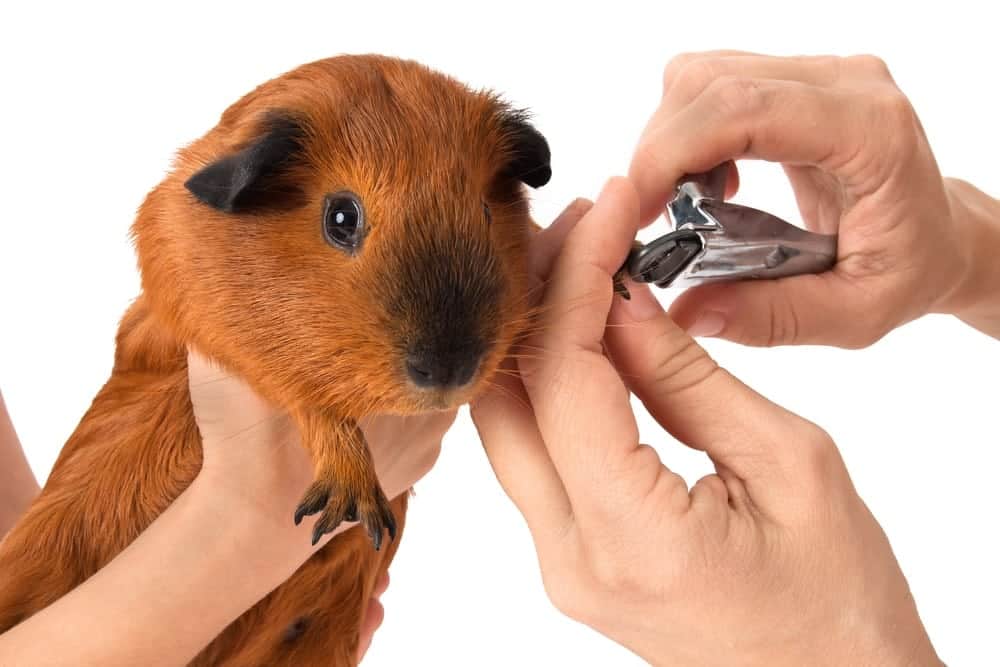
Conclusion
Mastering the art of clipping guinea pig nails is not only a crucial skill for pet owners but also an act of love and responsibility towards these adorable and endearing creatures. We’ve explored the process, discussed the necessary tools, and shared tips to make the experience as stress-free and safe as possible for both you and your furry friend. By regularly maintaining your guinea pig’s nails, you are preventing potential health issues and discomfort. Overgrown nails can lead to injuries, pain, and a decreased quality of pigs life for your guinea pig. Therefore, the effort you put into this simple yet essential task is an investment in their well-being and happiness.
One of the most vital aspects of successful nail clipping is patience. Guinea pigs are sensitive animals, and they may be initially apprehensive about having their nails trimmed. However, with practice and gentle handling, you can build trust and make the process less stressful for them. Always to stay calm and composed throughout the procedure, rewarding your guinea pig with treats and affection afterward to create positive associations.
Additionally, knowing the correct techniques and tools is crucial. Using specialized guinea pig nail clippers or human nail clippers with care is essential to avoid injuring your pet. Trimming a little at a time and checking for the quick (the pink part of the nail) will help you avoid accidents. Maintaining a clean and well-prepared workspace, having styptic powder on hand in case of bleeding, and seeking professional help if you are uncertain are all vital aspects of responsible guinea pig care.

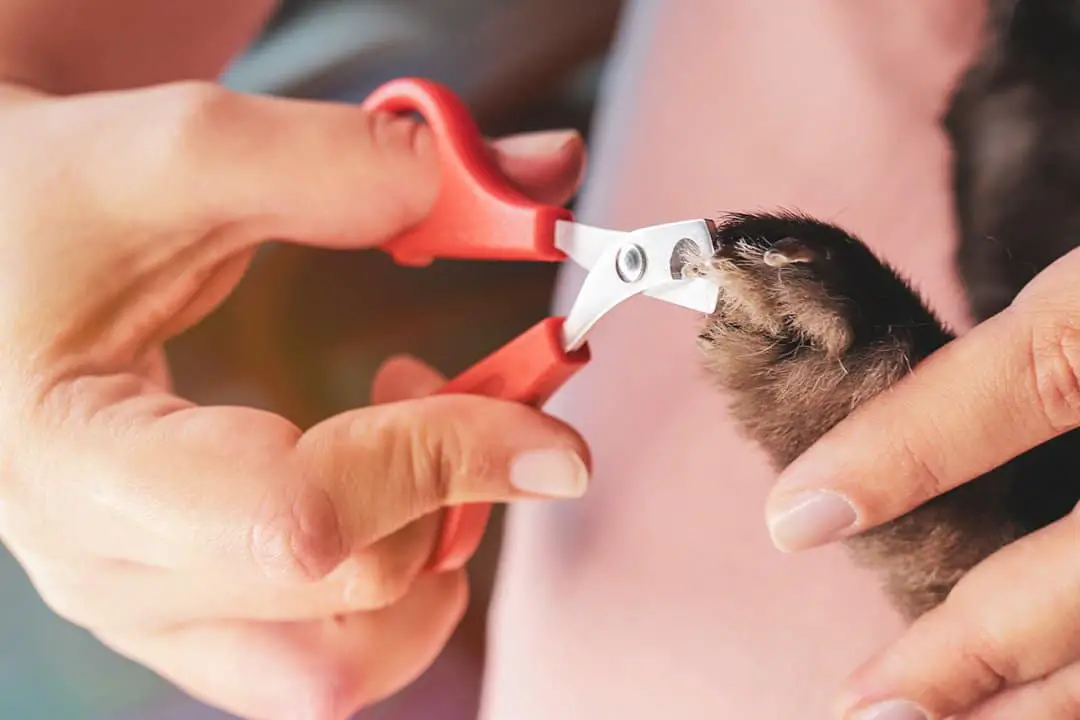
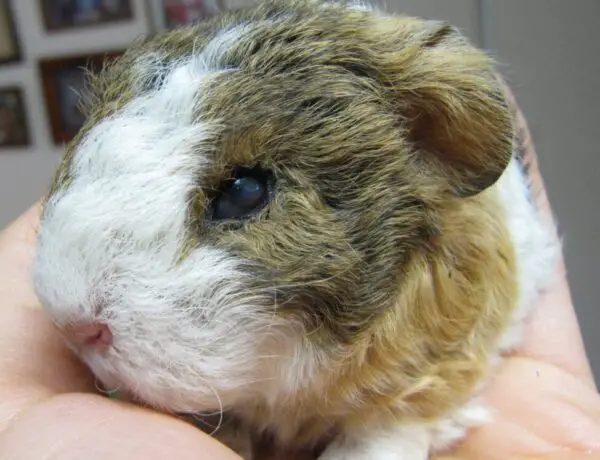
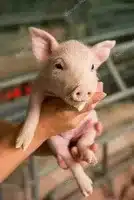
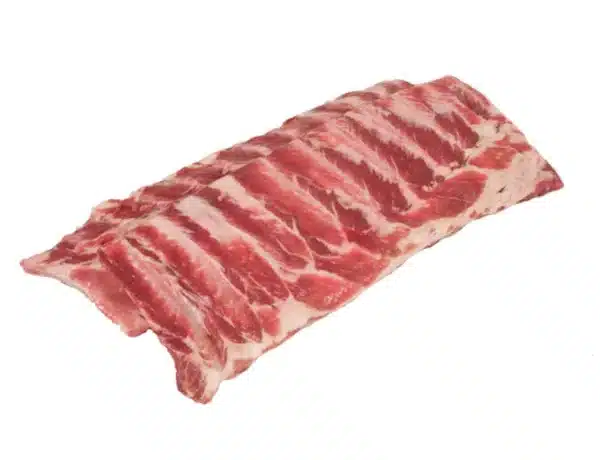
No Comments